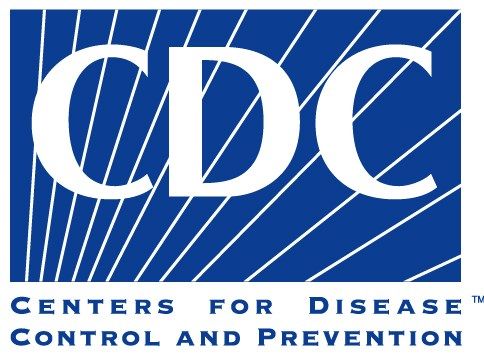Blog
LAC COVID 19 Precautions and Updates
- March 16, 2020
- Posted by: Fred Arnold
- Category: News

To all students, employees and partners of Learning Alliance Corporation:
Learning Alliance takes seriously the matters involving the COVID-19 virus. We are monitoring the progress of the virus and staying up to date with current CDC information.
Due to the unsure nature of domestic travel and the recent release from the Trump Administration, we will be moving our March 23, 2020 class to a tentative date of April 13, 2020. We will update the class schedule as soon as more information becomes available.
If domestic flights are affected moving forward, classes may be delayed into May 2020. For new students who are preparing to join us, please keep in contact with our Talent Representative team at 813-261-6018.
Employees of Learning Alliance will be sent home to work from home as a precaution in line with CDC recommendation.
For our employer partners with hiring plans involving LAC students, we are working on contingency plans based on COVID 19 issues. If you have any questions involving LAC placements, interviews and hires, contact us at 813-261-6018 ext. 711.
As a part of our monitoring process, we have built a quick reference guide involving precautionary measures based on CDC guidelines and information:
General Guidance
Given the continued spread of COVID-19, we feel that it is reasonable for individuals in locations not yet impacted by the virus to begin some personal contingency planning and preparation. In the event of a local transmission hotspot, the key to safety will be “social distancing,” aka making sure we give the virus limited means to spread person-to-person. You may also see moves from local governments to put travel restrictions in place. Your preparations should focus on what will enable you to minimize your contact with and dependency on others. In particular, we encourage people to ensure they have adequate supplies of food, medicine (in particular, prescription medication) and critical household goods (think batteries, trash bags, hygiene supplies, etc.) to last at least 30 days.
What we know
We’re continuing to monitor the situation closely and gather data from primary sources where possible (including the World Health Organization, Centers for Disease Control and Prevention, local public health offices and retained consultants). COVID-19 is a type of coronavirus. It is primarily transmitted by aerosolized droplets (e.g. the droplets you release when you cough or sneeze. These droplets can travel over 6 feet if you don’t cover your mouth and nose effectively!), much like the flu or a cold. It may also be transmitted via fecal matter (even very small/invisible amounts).
The virus can survive for some amount of time outside the human body, although the specific parameters are not yet known, so transmission can occur by touching a surface contaminated with the virus and then touching your eyes/nose/mouth. Unlike most other coronaviruses, the period of maximum contagiousness appears to occur early in the virus’ life cycle, somewhere between 1 and 3 days after the first sign of symptoms. Some number of individuals that contract coronavirus remain asymptomatic, but can still spread the virus (although we don’t know how common this is).
The virus’ incubation period appears to be somewhere in the 5-7 day time period on average, but has a fairly wide range (summary of research), and likely depends to a large extent on where the virus lands in a given host (e.g. did the virus get transmitted via someone rubbing their eyes and has to work it’s way to the respiratory tract, or did it land in the lungs directly and can get right to work).
According to a study by the CDC in about 80% of cases, symptoms are mild and look a lot like the flu or other viral respiratory illness and may include coughing, fever, body aches, etc. This category of cases generally self-resolve with little to no medical intervention.
About 14% of cases develop severe symptoms (including pneumonia or shortness of breath). This category of cases will require medical care, but probably not intensive care. About 6% develop critical symptoms (shock, respiratory failure, etc). This category of cases will require care in an ICU or similar.
The Case Fatality Rate (CFR, the percent of cases that result in death) is impossible to determine reliably at this point. The WHO quotes a 2% rate, but caveats it extensively. The latest published paper (summary) addressing the topic breaks the CFR down by age group and quotes between a 0.2% and 0.4% CFR for ages 0-40 and significant jumps for groups older than that. The most at risk populations appear to be the very old and those with already weak immune systems. The paper above also addresses comorbid conditions, with the highest CFR being those with Cardiovascular disease at just over 10%, and the lowest being those with no pre-existing conditions at 0.9% (across all age groups).
What kind of precautions should I be taking?
Beyond travel restrictions, the best preventative measures to take are the same as with the common cold or the flu:
- Washing your hands frequently (after traveling on public transportation, before and after eating…)
- Coughing/sneezing into your elbow, not your hand
- Arranging with your manager to WFH or take sick time as appropriate, if you have symptoms See more: CDC Prevention Guidelines (References from the CDC, ISOS, and WHO.)
